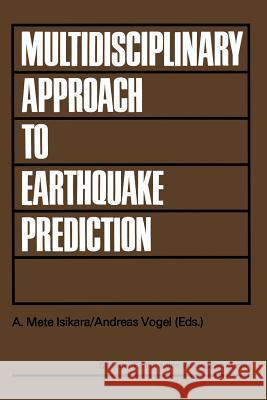Multidisciplinary Approach to Earthquake Prediction: Proceedings of the International Symposium on Earthquake Prediction in the North Anatolian Fault » książka
topmenu
Multidisciplinary Approach to Earthquake Prediction: Proceedings of the International Symposium on Earthquake Prediction in the North Anatolian Fault
ISBN-13: 9783528084820 / Niemiecki / Miękka / 1982 / 578 str.
Multidisciplinary Approach to Earthquake Prediction: Proceedings of the International Symposium on Earthquake Prediction in the North Anatolian Fault
ISBN-13: 9783528084820 / Niemiecki / Miękka / 1982 / 578 str.
cena 300,96
(netto: 286,63 VAT: 5%)
Najniższa cena z 30 dni: 288,25
(netto: 286,63 VAT: 5%)
Najniższa cena z 30 dni: 288,25
Termin realizacji zamówienia:
ok. 22 dni roboczych
Bez gwarancji dostawy przed świętami
ok. 22 dni roboczych
Bez gwarancji dostawy przed świętami
Darmowa dostawa!
Kategorie:
Kategorie BISAC:
Wydawca:
Vieweg+teubner Verlag
Seria wydawnicza:
Język:
Niemiecki
ISBN-13:
9783528084820
Rok wydania:
1982
Wydanie:
Softcover Repri
Numer serii:
000471332
Ilość stron:
578
Waga:
0.83 kg
Wymiary:
23.4 x 15.6 x 3.1
Oprawa:
Miękka
Wolumenów:
01











